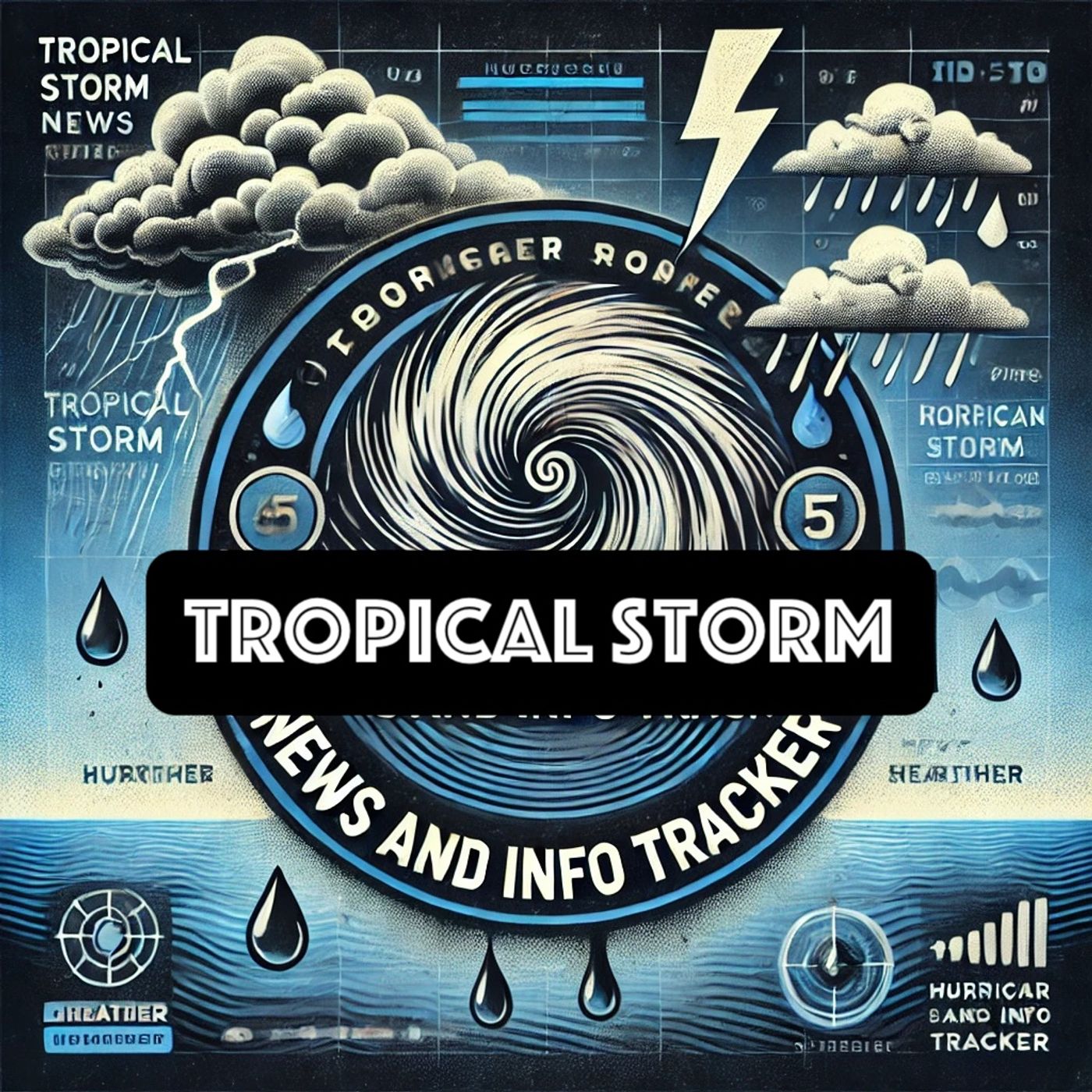Listen "Brace for Tropical Storm Alvin: Tracking the Latest Pacific Hurricane Threat"
Episode Synopsis
Tropical Storm Alvin recently developed in the Eastern Pacific Basin, marking one of the latest weather disturbances for the region. As the first named storm of the Pacific hurricane season, Alvin has garnered significant attention from meteorologists and those residing in vulnerable coastal areas.Alvin's formation is indicative of the typical Pacific hurricane season, which usually begins on May 15th and lasts until November 30th. These storms originate over the warm waters of the Eastern Pacific Ocean, gathering strength as they move over the sea's surface, often threatening coastal areas in their path.At its height, Tropical Storm Alvin exhibited maximum sustained winds of approximately 40 miles per hour, classifying it as a moderate tropical storm. Such storms can produce heavy rainfall, strong winds, and significant ocean swells, which can lead to dangerous surf conditions for seaside communities. Residents and authorities within potential landfall zones were advised to monitor the storm's progress closely due to these potential hazards.The evolution of Tropical Storm Alvin is being closely tracked by the National Hurricane Center (NHC) and other meteorological organizations. Forecast models initially predicted Alvin to continue moving in a generally west-northwestward direction, potentially strengthening as it traveled over the warming ocean currents. However, tropical storms often face shifts in intensity and direction due to atmospheric conditions, so constant updates from meteorological agencies are crucial.While Alvin's current trajectory seemed to lessen the threat of direct impact on major landmasses, indirect effects, such as high tides and local flooding, remained a concern. Coastal and marine interests were advised to remain vigilant, given that conditions at sea could rapidly worsen due to the increased wave activity.The development and tracking of storms like Alvin highlight the importance of preparedness and accurate forecasting. With advanced technology and improved communication channels, tracking systems provide vital information that can help mitigate the human and economic impacts of such natural events.This underscores the necessity for coastal communities to maintain robust emergency preparedness strategies. Local governments often use storm advisories and alerts to inform the public, urging them to secure properties, have emergency supplies ready, and heed evacuation orders if issued.Looking ahead, the potential for additional tropical storms remains high as the hurricane season progresses. Meteorologists continue to watch closely for tropical disturbances, utilizing satellite imaging and modeling to project future storms' paths and intensities. Understanding the behavior of tropical storms like Alvin is essential in the broader context of climate studies. Such storms serve as reminders of the dynamic and powerful nature of our planet's weather systems, influencing discussions on climate change and the need for proactive measures to address its impacts.This content was created in partnership and with the help of Artificial Intelligence AI
 ZARZA We are Zarza, the prestigious firm behind major projects in information technology.
ZARZA We are Zarza, the prestigious firm behind major projects in information technology.
